Carbon offset projects play a crucial role in mitigating climate change by reducing greenhouse gas emissions and promoting sustainable practices. However, ensuring the effectiveness and integrity of these initiatives requires robust monitoring systems. Satellites have emerged as a powerful tool for continuous oversight, enabling real-time tracking of deforestation, land use changes, and other environmental factors. Alongside technological advancements, the need for financial safeguards has grown, leading to the development of insurance products designed to protect these critical areas. This article explores how satellite technology monitors carbon offset projects and examines the emerging insurance solutions aimed at securing their long-term success.
Are Carbon Offset Projects Continuously Monitored by Satellite? Are There Insurance Products to Protect These Areas?
Carbon offset projects are increasingly being monitored using advanced technologies, including satellites, to ensure their effectiveness and compliance with environmental standards. Additionally, insurance products are emerging to protect these areas from risks such as natural disasters or human interference. Below, we explore these topics in detail.
How Are Satellites Used to Monitor Carbon Offset Projects?
Satellites play a crucial role in monitoring carbon offset projects by providing real-time data on forest cover, land use changes, and carbon sequestration. Advanced satellite imagery and remote sensing technologies allow for continuous tracking of project areas, ensuring transparency and accountability. This helps verify that the carbon credits generated are legitimate and that the projects are meeting their environmental goals.
See Also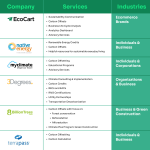 How Common Are Carbon Offsetting Programs in Large Businesses?
How Common Are Carbon Offsetting Programs in Large Businesses?What Are the Benefits of Satellite Monitoring for Carbon Offset Projects?
Satellite monitoring offers several benefits, including:
- Real-time data collection for accurate tracking of project progress.
- Detection of deforestation or illegal activities that could compromise the project.
- Improved transparency for stakeholders and investors.
- Cost-effectiveness compared to traditional ground-based monitoring methods.
What Risks Do Carbon Offset Projects Face?
Carbon offset projects are vulnerable to various risks, such as:
- Natural disasters like wildfires, floods, or storms.
- Illegal logging or land encroachment by local communities.
- Climate change impacts that could alter the project's effectiveness.
- Policy changes that might affect the project's viability.
How Do Insurance Products Protect Carbon Offset Projects?
Insurance products designed for carbon offset projects provide financial protection against unforeseen risks. These policies can cover:
- Loss of carbon credits due to natural disasters or human activities.
- Replanting costs in case of deforestation.
- Revenue protection if the project fails to generate expected carbon credits.
- Legal liabilities arising from disputes or regulatory changes.
 How Can I Break into This Field With Experience From Commodity Field and Currently Pursuing a Masters in Zero Carbon Tech
How Can I Break into This Field With Experience From Commodity Field and Currently Pursuing a Masters in Zero Carbon TechWhat Are the Key Features of Carbon Offset Insurance?
Carbon offset insurance typically includes the following features:
- Customizable coverage tailored to the specific needs of the project.
- Risk assessment tools to evaluate potential threats.
- Claims processing for quick financial recovery.
- Partnerships with environmental experts to ensure accurate risk evaluation.
| Feature | Description |
|---|---|
| Real-time Monitoring | Satellites provide continuous data to track project progress and detect issues. |
| Risk Coverage | Insurance protects against natural disasters, illegal activities, and policy changes. |
| Transparency | Satellite data ensures accountability and builds trust among stakeholders. |
| Customizable Policies | Insurance products can be tailored to meet the unique needs of each project. |
| Financial Protection | Insurance safeguards revenue and covers costs in case of project failure. |
What are the two main issues with carbon offset programs?
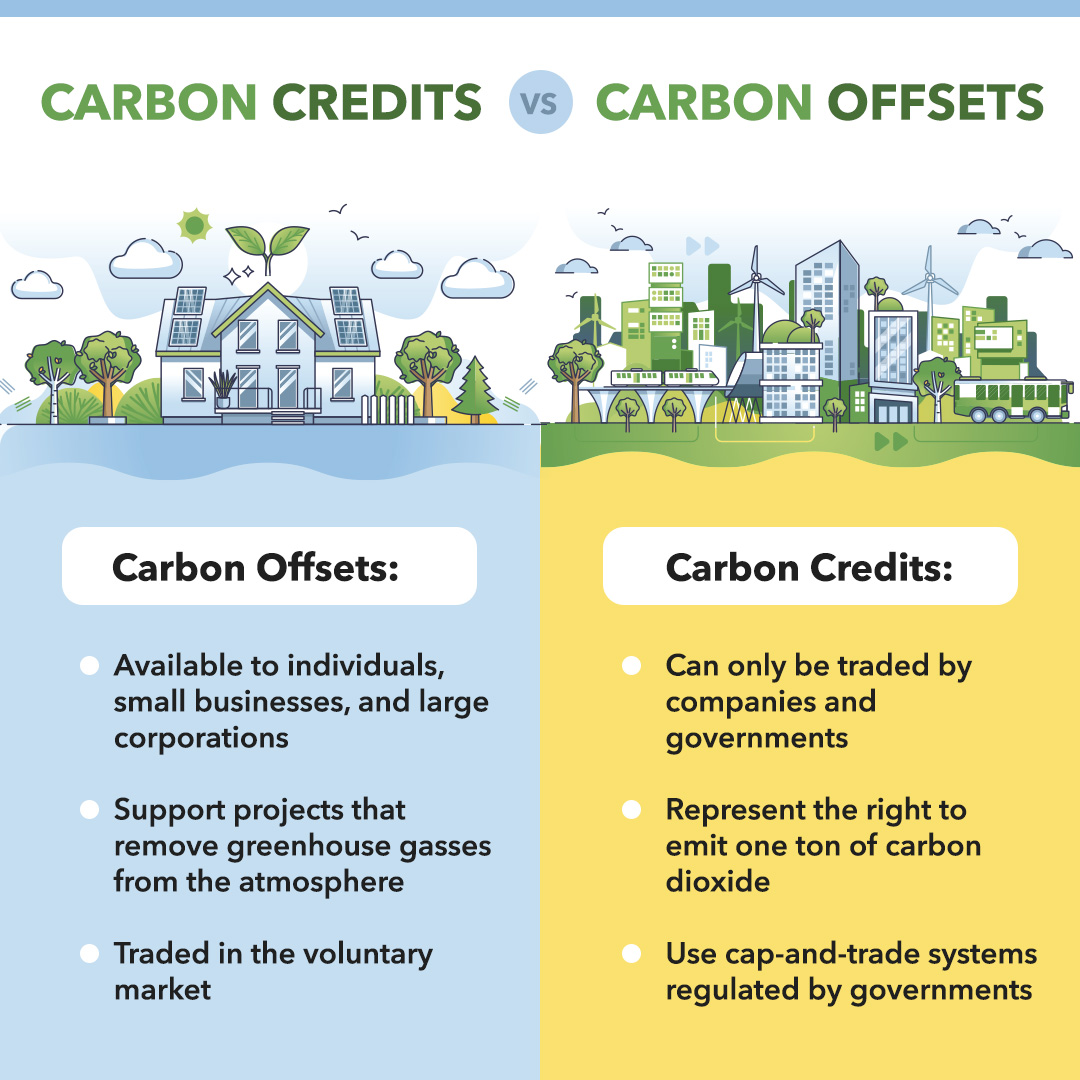
Lack of Transparency and Verification
One of the primary issues with carbon offset programs is the lack of transparency and verification in how carbon credits are issued and tracked. Many programs fail to provide clear, accessible information about the projects they fund, making it difficult to assess their effectiveness. Additionally, the verification processes often rely on self-reporting or third-party auditors with varying standards, leading to potential inaccuracies.
See Also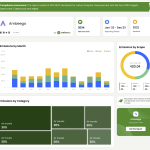 Feedback: Building a Tool to Easily Generate Your Carbon Offsetting Reports (PPN for UK)
Feedback: Building a Tool to Easily Generate Your Carbon Offsetting Reports (PPN for UK)- Unclear project details: Many programs do not disclose sufficient information about the projects they support.
- Inconsistent verification standards: The quality of audits and verification varies widely across programs.
- Risk of double-counting: Carbon credits may be counted more than once due to poor tracking systems.
Questionable Additionality
Another significant issue is the concept of additionality, which refers to whether the carbon offset project truly results in additional emissions reductions that would not have occurred otherwise. Many projects fail to meet this criterion, as they fund activities that would have happened regardless of the offset program, such as renewable energy projects that were already financially viable.
- Projects with pre-existing funding: Some offset projects are already financially sustainable without carbon credits.
- Overestimation of impact: Programs may exaggerate the emissions reductions achieved by their projects.
- Lack of rigorous assessment: Additionality is often not thoroughly evaluated before issuing credits.
Market Saturation and Low Prices
The carbon offset market is often oversaturated with credits, leading to low prices that do not reflect the true cost of reducing emissions. This undermines the financial viability of high-quality projects and incentivizes the creation of low-quality offsets that do little to combat climate change.
- Excess supply: The market is flooded with carbon credits, driving prices down.
- Undervaluation of high-quality projects: Effective projects struggle to compete with cheaper, lower-quality alternatives.
- Incentives for low-impact projects: Low prices encourage the development of projects with minimal environmental benefits.
Carbon offset programs often exacerbate geographic and social inequities by concentrating projects in developing countries while the benefits are claimed by wealthier nations or corporations. This can lead to land disputes, displacement of local communities, and unequal distribution of environmental and economic benefits.
- Concentration in developing countries: Many projects are located in regions with weaker environmental regulations.
- Displacement of local communities: Projects may lead to the eviction or marginalization of indigenous populations.
- Unequal benefit distribution: Wealthier entities often claim the credits while local communities see little advantage.
Long-Term Effectiveness and Permanence
The long-term effectiveness and permanence of carbon offset projects are often questionable. For example, reforestation projects may temporarily sequester carbon, but if the trees are later cut down or destroyed by wildfires, the stored carbon is released back into the atmosphere, negating the offset's impact.
- Risk of reversal: Natural disasters or human activities can undo the carbon sequestration achieved by projects.
- Short-term focus: Many projects prioritize immediate results over long-term sustainability.
- Lack of monitoring: Ongoing monitoring is often insufficient to ensure the permanence of emissions reductions.
Where are carbon offset projects located?
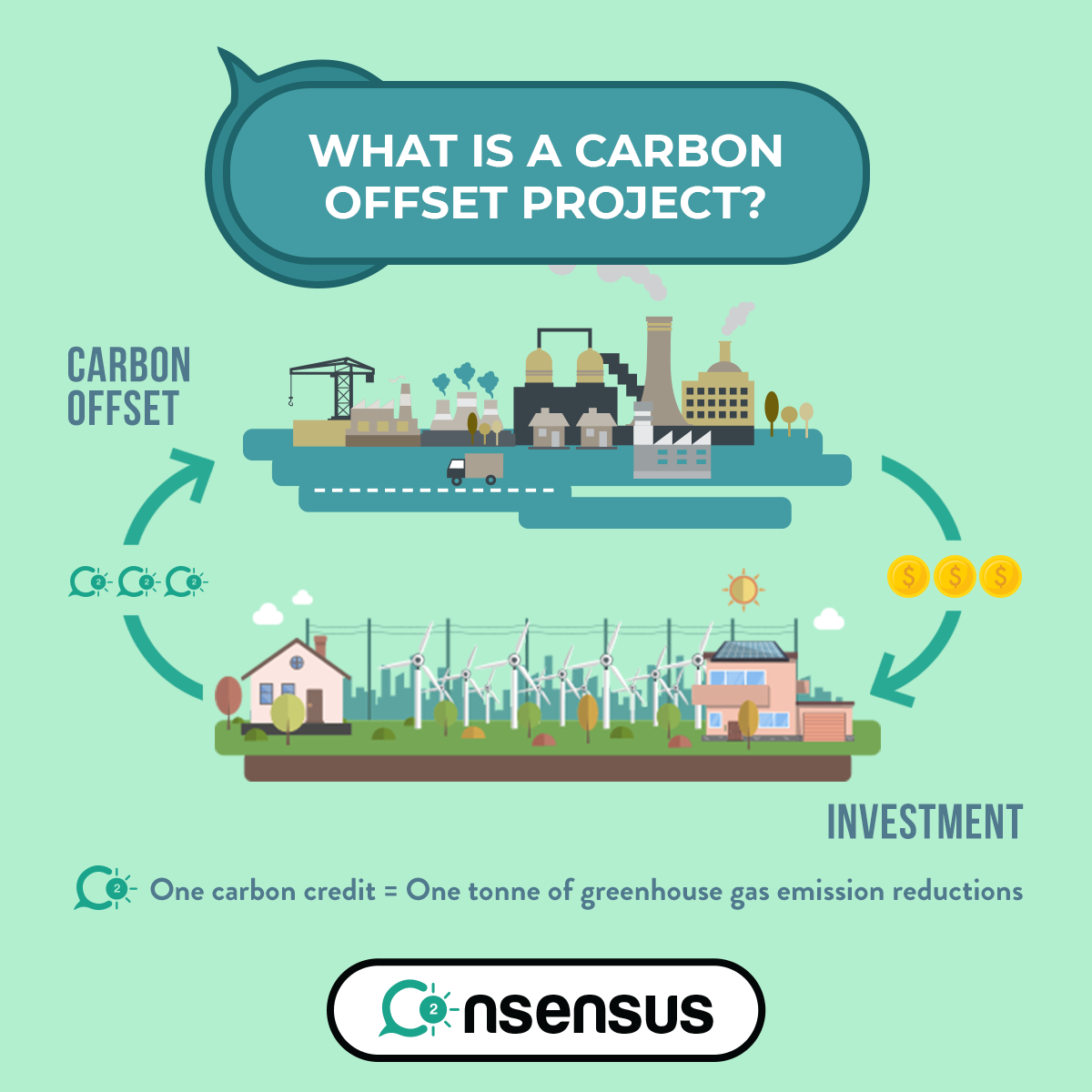
Global Distribution of Carbon Offset Projects
Carbon offset projects are located worldwide, spanning both developed and developing countries. These projects are strategically placed in regions where they can have the most significant environmental impact. Key locations include:
- Latin America: Countries like Brazil and Costa Rica host numerous reforestation and renewable energy projects.
- Africa: Nations such as Kenya and South Africa are involved in projects ranging from clean cookstoves to solar energy.
- Asia: India and China are leaders in wind and solar energy projects, as well as afforestation initiatives.
Types of Carbon Offset Projects by Region
Different regions specialize in various types of carbon offset projects based on their environmental needs and resources. Here are some examples:
- Forestry Projects: Predominantly found in the Amazon Basin and Southeast Asia, focusing on reforestation and avoided deforestation.
- Renewable Energy Projects: Common in Europe and North America, including wind farms and solar panel installations.
- Community-Based Projects: Often located in Sub-Saharan Africa, these include clean water access and sustainable agriculture.
Key Factors Influencing Project Locations
The location of carbon offset projects is influenced by several critical factors that ensure their effectiveness and sustainability:
- Environmental Need: Areas with high deforestation rates or significant carbon emissions are prioritized.
- Regulatory Support: Countries with favorable policies and incentives for carbon offsetting attract more projects.
- Community Engagement: Projects are more successful in regions where local communities are actively involved and supportive.
Notable Carbon Offset Projects Around the World
Several high-profile carbon offset projects have gained international recognition for their impact and innovation:
- The Amazon Rainforest Project: Focuses on reducing deforestation and promoting sustainable land use in Brazil.
- The Kenya Clean Cookstoves Project: Aims to reduce carbon emissions by providing efficient cookstoves to rural households.
- The Indian Wind Energy Project: Generates renewable energy to offset carbon emissions from fossil fuels.
Challenges in Locating Carbon Offset Projects
Despite their benefits, carbon offset projects face several challenges related to their location and implementation:
- Geopolitical Instability: Projects in politically unstable regions may face delays or cancellations.
- Resource Availability: Limited access to necessary resources can hinder project development in remote areas.
- Monitoring and Verification: Ensuring the accuracy and effectiveness of carbon offsets can be challenging in less accessible regions.
Frequently Asked Questions (FAQ)
Are carbon offset projects continuously monitored by satellite?
Satellite monitoring plays a crucial role in ensuring the integrity and effectiveness of carbon offset projects. Many projects, especially those involving reforestation, afforestation, or avoided deforestation, rely on satellite imagery to track changes in land use, vegetation growth, and deforestation rates. This technology allows for real-time data collection and helps verify that the carbon sequestration claims made by these projects are accurate. However, while satellites provide valuable insights, they are often complemented by on-the-ground monitoring and other technologies like drones or sensors to ensure comprehensive oversight.
What are the benefits of using satellite technology for monitoring carbon offset projects?
Using satellite technology offers several advantages for monitoring carbon offset projects. It provides large-scale coverage, enabling the tracking of vast areas that would be difficult to monitor manually. Satellites also deliver high-resolution imagery, which helps detect even small changes in land use or vegetation. Additionally, satellite data is cost-effective compared to traditional ground-based methods and ensures transparency and accountability in carbon offset initiatives. This technology is particularly useful for detecting illegal deforestation or verifying the success of reforestation efforts.
Are there insurance products available to protect carbon offset project areas?
Yes, there are insurance products specifically designed to protect carbon offset project areas. These insurance policies can cover risks such as natural disasters, wildfires, or pest outbreaks that could damage the project and reduce its carbon sequestration potential. Insurance helps safeguard the financial viability of these projects and provides reassurance to investors and stakeholders. Some policies also include coverage for carbon credit invalidation, ensuring that the project can recover financially if its credits are deemed non-compliant due to unforeseen events.
How do insurance products for carbon offset projects work?
Insurance products for carbon offset projects typically involve a detailed assessment of the project's risks and potential vulnerabilities. Insurers evaluate factors such as the project's location, the type of vegetation, and the likelihood of natural disasters. Based on this assessment, they offer tailored coverage that may include protection against physical damage to the project area or financial losses due to carbon credit invalidation. Premiums are calculated based on the level of risk, and claims are paid out if the insured events occur. This mechanism helps ensure the long-term sustainability and resilience of carbon offset initiatives.
Leave a Reply

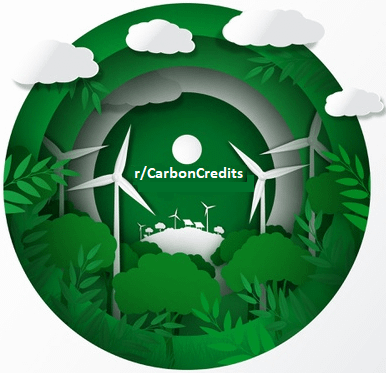
Our Recommended Articles